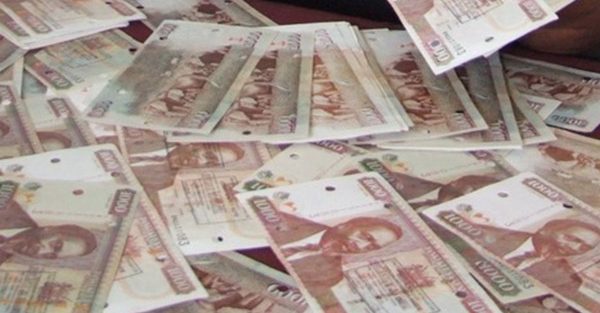The Kenyan Shilling has hit an all-time undervalue against the American dollar as it retails at more than 102.0 shillings per dollar. This amounts to more than 18% depreciation in five years as it was trading at 86.0 shillings per dollar in 2013. While there are pros and cons of a weak shilling, the depreciation effect on the Kenyan economy is unfavourable and quite detrimental as it leads to an imbalanced economy.
Kenya is a state that relies heavily on imports. It is therefore prone to economic shocks from the global market. Over the last few years, imports to Kenya have been growing significantly while exports almost remained constant. This causes a balance of payments deficit, with World Bank reports showing that Kenya has one of the highest deficits in the world.
Most of the country’s loans and services or projects including road constructions are financed in dollars. It is important to note that when the shilling depreciates, projects financing will be higher. The cost of living will also be higher because most of the basic needs are imports or they rely on import like oil to produce and process. Foreign borrowing will also be more expensive. The pricing of the dollar is determined by its demand and supply. The cost of the dollar will therefore always rise without regard to who loses or gains. A dollar is valued at a dollar notwithstanding whether the benefit of the dollar accrues to a demander or a supplier, or to a high-income or a low-income state.
To finance the gap between the imports of the country and the exports, Kenya needs to venture in alternative sources of cash inflow. Reports have previously indicated that Kenya’s exports can not finance its oil needs alone, despite a barrel of crude oil having gone down to about $ 75. Companies like Kenol Kobil that deal with the importation of petroleum products are worst hit.
When the cost of importation is higher, such companies will resort to increasing the price of petroleum products, noting that these are the primary factors of production. Locally produced commodities will thus be more expensive. Even while some argue that a weak shilling will make Kenya’s goods cheaper and more globally competitive, they should also observe that the cost of production has been expensive.
A balance is therefore needed. To further strengthen the shilling, the country needs to increase the productivity of its exports like tea and horticulture. The country should also promote tourism and encourage diaspora remittances and foreign direct investments among other ways of increasing foreign exchange inflow.
The Kenyan shilling should not at any point be undervalued. It ought to be aligned to a favourable exchange rate that ensures that Kenya’s export of commodities is competitive and at the same time imports are cheaper



